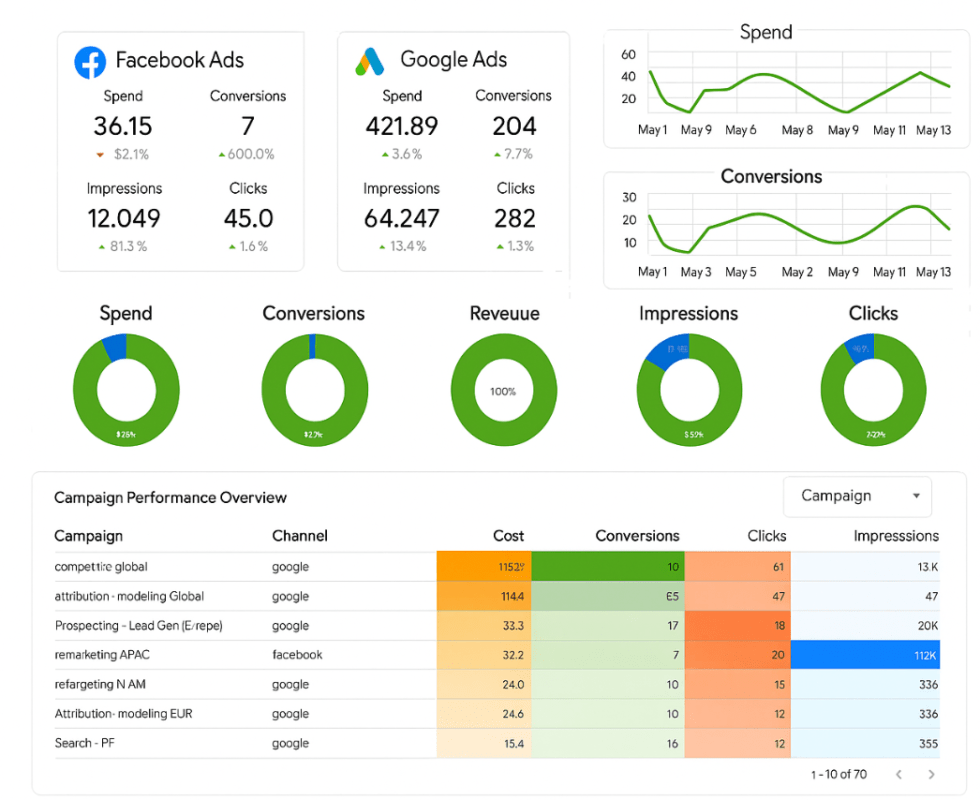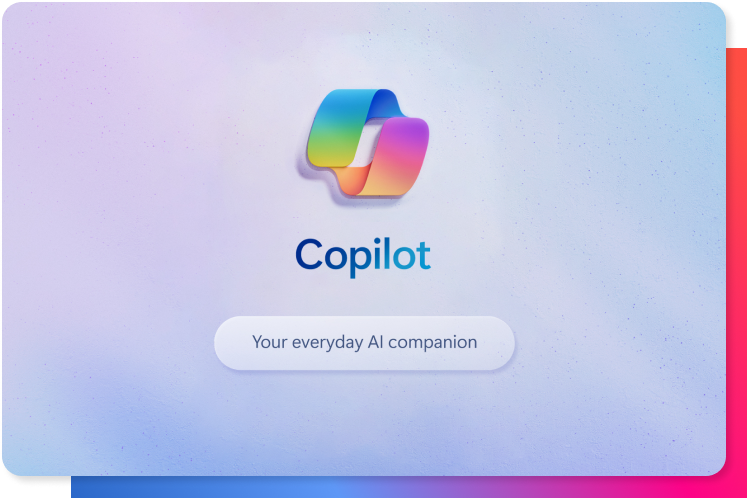Today, marketing isn’t just about creativity—it’s also a race against time and the noise of scattered data. Every campaign leaves a footprint, every channel brings in metrics, and every user generates unique behaviors. But how can you make informed decisions when the information is scattered, duplicated, or arrives too late?
Looker offers a smart solution to this chaos—a platform that doesn’t just display data, but organizes, connects, and transforms it into a clear guide for fast, strategic action.
From data chaos to strategic clarity: Why choose Looker
Looker is more than a visualization tool—it’s an analytics platform that helps teams make decisions based on well-organized, trustworthy data. While other tools focus on showing results, Looker enables users to model, connect, and visualize data from multiple sources in real time—all in one place.
This means you can track your most important KPIs without waiting for manual reports, create customizable dashboards for different teams or stakeholders, and establish a single source of truth that aligns marketing, sales, and product teams. Instead of chasing after the data, the data comes to you—ready to fuel strategic decisions.
Unlike Tableau or Power BI, which rely more on traditional visual analysis, Looker is designed for a modern, collaborative, cloud-based environment.
Tableau is powerful for building rich visualizations, but it often requires more manual input and doesn’t always ensure a single source of truth across teams. Power BI, while well integrated with the Microsoft ecosystem, can struggle to work efficiently with external sources or non-corporate environments.
Looker, on the other hand, emphasizes data governance, scalability, and integration with modern platforms, making it an ideal solution for companies seeking speed, consistency, and autonomy in their analytics.
How marketing teams use Looker day to day
Looker isn’t just for viewing data—it’s a platform that supports the marketing team’s daily decisions, from campaign analysis to audience segmentation. Its strength lies in making complexity simple by gathering key information in one place so that every action is backed by real data.
With Looker, you can monitor multichannel campaigns from a single dashboard: no need to check Facebook Ads, TikTok, or Google Ads separately to figure out what’s working. All the data is consolidated and updated in real time, allowing you to optimize budgets on the fly and spot improvement opportunities faster.

It also simplifies conversion funnel analysis, presenting each stage of the user journey—from brand awareness to purchase—in a clear, visual way. This helps identify where leads drop off and adjust messaging, formats, or channels to improve overall performance.
For experimentation campaigns, Looker enables clear A/B test tracking, comparing the performance of different variants using metrics like clicks, conversions, or time on page. This way, decisions are based on outcomes, not intuition.
Finally, Looker enhances behavioral segmentation by grouping audiences based on their actions—such as frequent visits to a specific category, cart abandonment, or clicks on certain products. With this information, teams can design more personalized, relevant strategies with a higher likelihood of conversion.
Ultimately, Looker transforms data into a daily work tool—not just for analyzing the past, but for making smarter decisions in real time.
Key steps to integrate Looker into your marketing operation
For Looker to truly enhance your marketing strategy, its implementation must be more than technical—it must be strategic.
The first step is to organize your data sources. Clear, complete, and well-structured information is what enables Looker to deliver accurate, actionable insights.
Next, start with a specific goal. Instead of trying to measure everything, focus on a single need—such as analyzing a campaign or understanding an audience—and scale from there with purpose.
It’s also essential to work closely with the data team. Strong collaboration between those handling data and those making decisions ensures dashboards meet real business needs.
Lastly, adopt a mindset of continuous improvement: regularly check if dashboards still meet your objectives, gather user feedback, and make adjustments. Looker isn’t just for viewing data—it’s a tool for driving action.
The data is there—what matters is how you look at it
In marketing, data is the raw material, not the end goal. Collecting reports is useless if they don’t lead to concrete decisions. What truly makes a difference is having a tool that brings order to chaos and turns disconnected information into meaningful actions.
Looker goes beyond being just a platform—it’s an approach that unites teams, streamlines workflows, and enables confident decision-making without waiting for results to trickle in.
Because when data is well-organized, marketing stops being guesswork—and starts becoming real strategy. That’s where the true impact begins.







 Español
Español